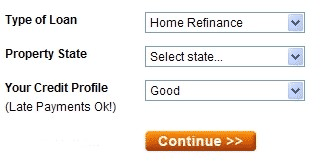Add On Fees - Glossary Term
Mortgage add on fees can be paid upfront by including them in your closing costs or by increasing the rate and using the money that creates to pay them.
These are mortgage lender fees not fees charged by a broker or loan officer. All mortgages with certain risk factors have add ons set by the lender and their investors. The broker or loan officer has nothing to do with these accept either to collect the money upfront to pay them or to lock your rate high enough to pay them.
Add On Definition
An add on is a cost to the borrower for risk-based conditions on their mortgage like cash out, investment, FICO scores, minimal down payment or equity, etc.
A mortgage add on fee is calculated as a percentage of your loan amount. Just the same way an origination fee or discount point would be. And that is how they are shown on the closing statement. If you choose to pay the add on upfront, the amount is shown as a discount point to lender.
It goes to the mortgage lender. Not the originator but the lender underwriting and closing your mortgage.
For example, cash out refinance add ons for a Fannie Mae mortgage can range from .250% to 2.00% depending on your loan to value and FICO score.
For this example we will use .500% as an add on and $200,000 as a loan amount. If you choose to pay the add on upfront then you would owe $1000 ($200,000 X .500% = $1000) at closing.
But your rate would be lower because you do not have to increase the rate to pay the add on.
If you choose to use the rate to pay the add on, the rate has to go up. In the above example, let’s say your rate would be 6.00%. The rate to pay the .500% add on would be 6.125%. (This is just an example. It would depend on the rate for that day.)
If you plan to be in the house for a long time you may want to consider paying the add on fees and any other fees upfront to get the lowest rate over the long haul.
But if you need the cash for other reasons or plan on a short stay, you might consider using the rate and conserving cash.
Be sure to ask what the mortgage add on fees are for your situation. And then you can have your originator run the numbers and see what works for you.
Previous Post:« Real Estate Counter Proposal – Glossary Term
Next Post:» Annual Percentage Rate (APR) - Glossary Term
Tags: Add On • Lender • Mortgage Refinance Fees


Leave a Reply